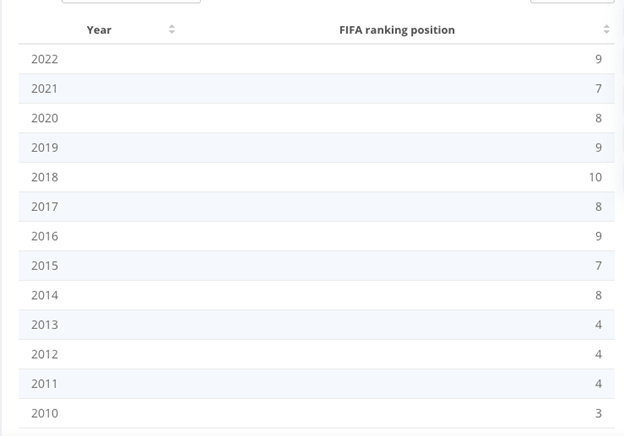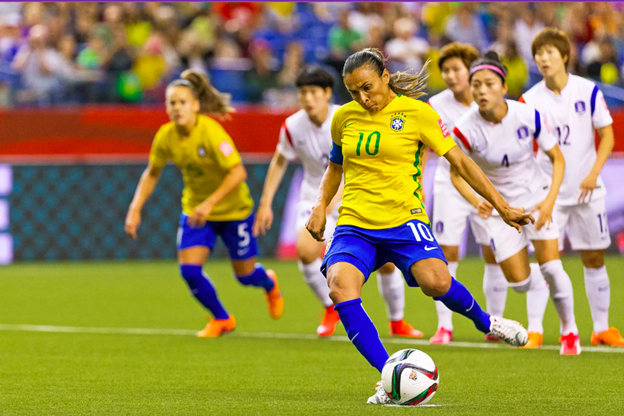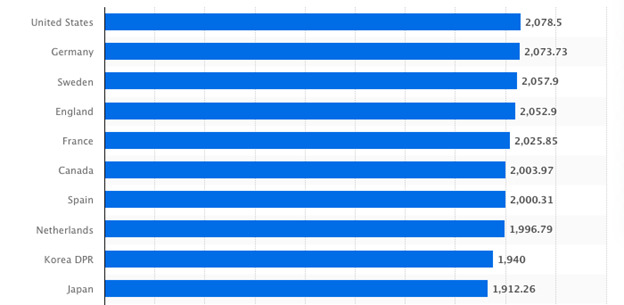The growth of women’s football in Brazil
When people think of Brazil, one of the first things that come to mind is football. While the biggest South American country may be rightfully associated to football, how often do we consider the women’s team?
“Brazil is the country of soccer, but people don’t know it’s the country of men’s soccer,” says Aline Pellegrino, captain of Brazil’s women’s national team.
As is the case in majority of sports where the feminine counterpart teams are often invisibilised due to social stigma and prejudices.
Today we are about to smash that glass ceiling and take a look at the legendary underdogs to see how women in football are killing it in Brazil.
The history of women’s football in Brazil
It’s no surprise that women in football are the underdogs of the sport as the answer lies in history.
Between 1941 and 1979, it was actually illegal for women to play soccer in Brazil.
In 2007 the first Copa do Brasil de Futebol Feminino or in English, the Brazilian Women’s Football Cup was played after Sepp Blatter, the FIFA president announced the need for a professional women’s football league in Brazil.
The Copa do Brasil de Futebol Feminino was abolished in 2017, making room for the national league competition, Campeonato Brasileiro de Futebol Feminino Série A1.
Prior, there was the Taça Brasil de Futebol Feminino or the Women’s Football Brazil Trophy, in English which took place from 1983 until 1989. Thereafter there was a short stint of the Torneio Nacional which took place between 1990 and 1991 and then the Taça Brasil de Clubes which took place during the year of 1993
Is Brazil women’s soccer team good?
Yes. Since entering the FIFA league in 2010, the Brazilian women’s soccer team came in at third position for their very first year competing on a global level.
Up until 2013, they remained in the top 5.
Here are the latest ranking FIFA positions of Brazil women’s soccer team:

Who is the best Brazilian woman footballer?
Marta Vieira da Silva is often referred to as the greatest female footballer of all time due to her many accolades. From 2006 up until 2010 and again in 2018, she won FIFAs highly esteemed player of the year award – that’s a total of 6 times in her career!
She is also known as the top-scorer of the FIFA Women’s World Cup.

Although in her younger days she was prevented from playing football due to the regulations in Brazil regarding gendered bodies and soccer, Marta persevered and made soccer balls out of recycled grocery bags and discarded deflated soccer balls that she found on the field.
Her career kicked off when she started playing for a local boys junior team and was discovered at the tender age of 14 when a talent scout from Vasco da Gama began their journey to establishing a women’s team. She then continued to play for Santa Cruz and then ventured abroad where she joined Sweden’s Umeå IK in 2004.
In 2007, at the FIFA Women’s World Cup, she became the winner of the Golden Boot for scoring a whopping 7 goals during the tournament and in 2011, her career cup goal increased to 14.
Within her five seasons at Umeå IK, Marta scored a groundbreaking 111 goals in just 103 league games, making her one of the best football players in the world right now.
What country has the best women’s soccer league?
According to Statista, as of December 2022, the USA remains the reigning champions of the FIFA world ranking of women’s soccer, with Germany coming in hot on their heels in second place.
Here is the top 10 countries in the FIFA women’s national soccer teams

While Brazil still has a long way to go to make it to the FIFA world ranking, the strides the country has made in terms of making football accessible to women is immense.
Considering that in the 80s it was against the law for Brazilian women to play the sport and today the state of Rio de Janeiro commemorates February 19 as ‘Women’s Football Day’ in celebration of Marta Vieira da Silva’s birthday is evidence thereof, giving young girls and women in Brazil hope of an equal society – one that is within reach too.
